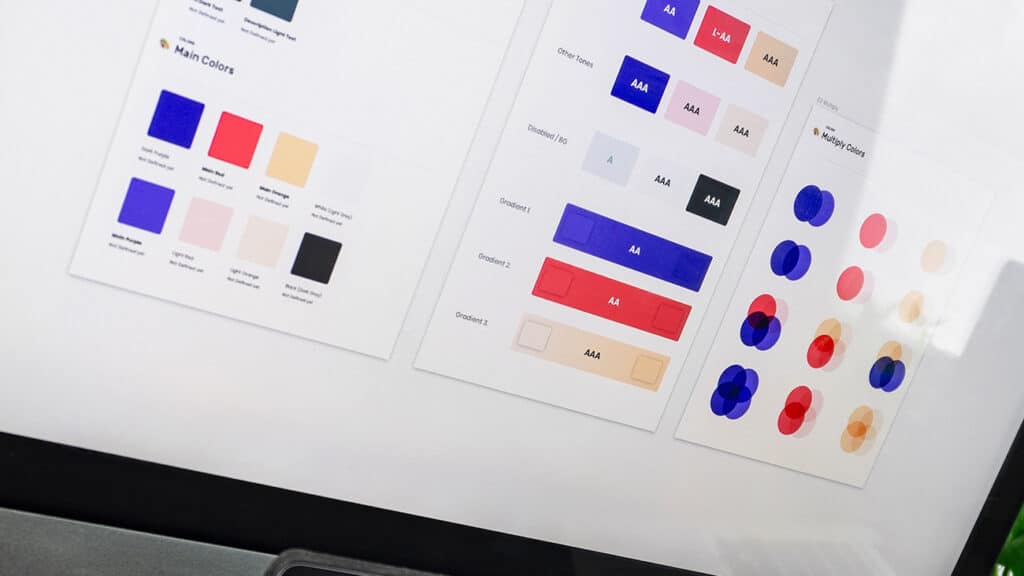Key takeaways:
- Inconsistent brand voice across channels undermines trust and brand reliability.
- Varying discount strategies erode confidence in product value and pricing integrity.
- Confusing policies, like inconsistent return periods, frustrate customers and hamper clarity.
- Quality of customer service and review responses influences overall brand perception.
- Mixed visual branding confuses customers and weakens brand recognition and identity.
Were you ever introduced to a person who was super nice, talkative and extroverted the first time around, but after that one encounter they were completely different? Still kinda nice, but not so talkative and definitely not extroverted anymore? And maybe the type of “different” even changed a couple of times? Feels weird.
This is approximately how both potential and actual customers come to experience brands that don’t keep their communication consistent. These brands are consequently viewed as unpredictable and thus not very trustworthy – customers simply don’t know which side they’re going to get during their interaction. The problem is that brands aren’t always aware of this deficiency.
Here are 6 ways this happens:
1. Different tone of voice based on the communication channel
A tell-tale sign of inconsistent brand voice is that a website, social media and ads look like they were written by 3 completely different people. It’s usually caused by the employees operating them not being on the same page, or simply by these employees being given a free hand in what and how they write. It can’t be definitely said that one tone of voice is better or more effective than the other – what matters here is that the tone of voice is the same across all communication channels. This problem wasn’t so prevalent in the past because the amount of information a brand communicated was relatively small, so whatever was released was properly vetted. Nowadays, the number of communication channels is ever-growing and releasing any type of information is a matter of seconds, which paths the way for mistakes.
2. Inconsistency in discounts and promotions
Shouting from the rooftops about a huge sale and then not delivering or presenting themselves as a premium brand that never puts their products on sale and then doing a firesale are the more blatant and less common examples of what brands can be doing, but what usually happens here is more subtle: varying discount strategies too often or changing entire discount structures is not something all customers immediately realize, but when they do, it can leave them wondering about the actual value of the products and integrity of the pricing itself.

3. Confusing information
Does the brand accept returns for 60 days or 90 days? Or is it 60 for clothes and 90 for shoes? Or the other way around? Or was the first guess correct but there’s also a different return period for items purchased on sale? Oh – but this goes only for those purchased at the physical location, right? If a brand has a complicated [insert whatever you want here], it has to be crystal clear about it. Having this information out there but in multiple different places doesn’t qualify – it has to be everywhere customers are looking for it, and it has to be up-to-date (yes, forgetting about having outdated info out there happens, too), complete and impossible to misunderstand.
4. Quality of customer care reps’ communication and responses to reviews
A special category is making sure the customer care representatives are briefed about the company’s tone of voice and are able to mimic it to the best extent possible. This also concerns the public responses to reviews and feedback – the brand has to keep its face even when dealing with challenging or unpleasant situations. When the customer is relaxed about solving his problem because he views the brand as very customer-friendly and then he’s stunned by the hostile and unhelpful customer support, his motivation to express his disappointment publicly will be higher than it would have been if he expected to deal with just another generic customer service of just another generic brand.
5. Promises and expectations
Managing customer expectations is one of the main responsibilities of the marketing department. They have to review everything that’s put out there that may both directly or indirectly make customers believe something about the brand or its products that isn’t true. The problems in this area are mostly caused by careless messaging that implies things that the brand can’t deliver. Customers don’t operate by the court system and won’t care whether technically something was stated or not. It’s all about how it sounds.
6. Mixed visual branding
This can be counted among the more amateur mistakes out there – a brand that doesn’t keep its visual identity the same. Customers can get easily confused about whether it’s the same brand or not. An easy way to get here is to forget about all the places where a logo or other visual representation of the brand is published. Creating a customer journey map can help to avoid this, and most other problems listed in this article.

Eyes on the ball!
The fact is that keeping the brand communication towards customers consistent is difficult – there are so many areas and ways to make a mistake and so much pressure on publishing things fast that it’s almost a miracle if none of the mistakes explained above (or some others) happen.
Having consistent brand communication requires all the employees to express themselves as one. It wouldn’t be possible without each of them putting aside his individuality and keeping his eyes on the ball. Sometimes the failures are the making of the higher-ups – without them clearly formulating what the brand voice and communication should be, it’s impossible for employees to keep this standard – because there’s no standard to keep.
On the other hand, if the communication guidelines are clearly set and processes for ensuring their practice are put in place along with employees being told, expected, and eager to follow them, there’s little to worry about.


